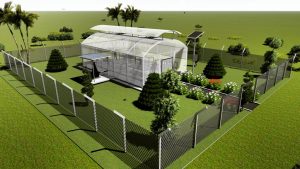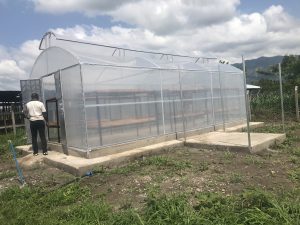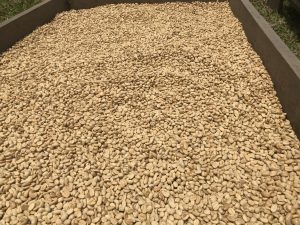Drying is a critical aspect of many crops like grain, cassava, rice, coffee, beans, fruits (dried for export). In most of these crops, the quality and price depends on the effectiveness of the drying process. Low moisture content is the most important factor in maintaining the quality of the dried crops during storage, as moisture provides an ideal environment for insects and for the development of microorganisms. High moisture content during storage is therefore certain to ruin the taste and appearance. The technologies used for drying in sub Sahara Africa have remained very limited. Different methods have been used in different parts of the country ranging from spreading the crops on the ground or a piece of canvas on the ground, or even in a rented courtyard in a nearby town.
Regardless of the importance of the crop, poor drying/post-harvest handling techniques contribute to the decline in quality at the household level. Crops like coffee are usually harvested during the rainy season and the frequent interruptions by the rain renders the traditional drying process sub optimum (a farmer may spend 30-60 days to while drying coffee). The slow drying further contributes to a already existing constraints for example the time taken and the laboriousness of bringing in and taking out coffee due to the weather (rainfall, etc.) changes.
Green Heat together with the department of agricultural and bio systems engineering, Makerere University are addressing the problem of post-harvest losses among farmers by using a digital data driven hybrid sensor controlled solar dryer.




Green Heat with partners aims to improve smallholder farmer living income by reducing post-harvest losses through improved efficiencies in drying.

